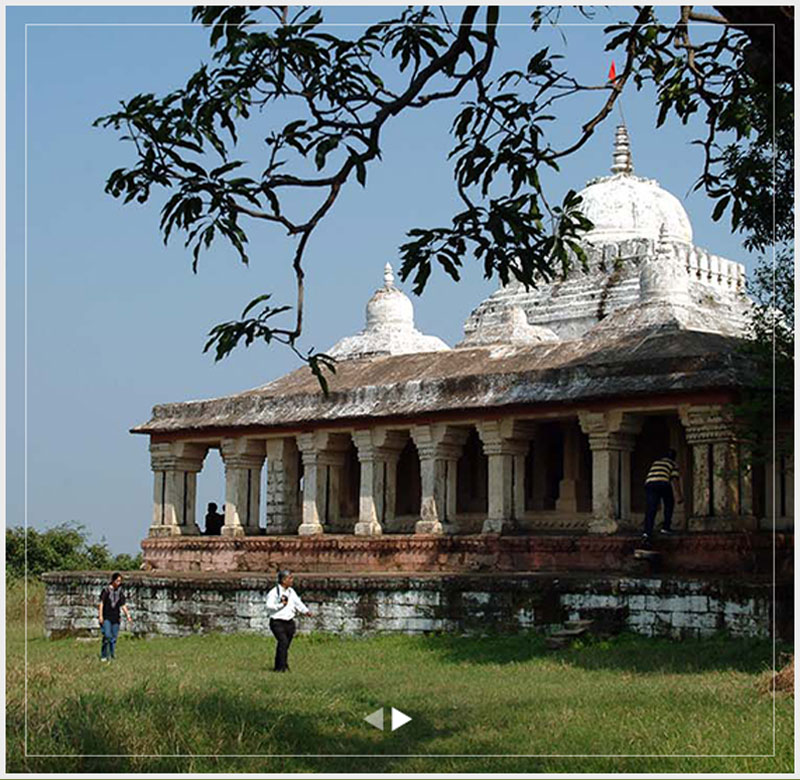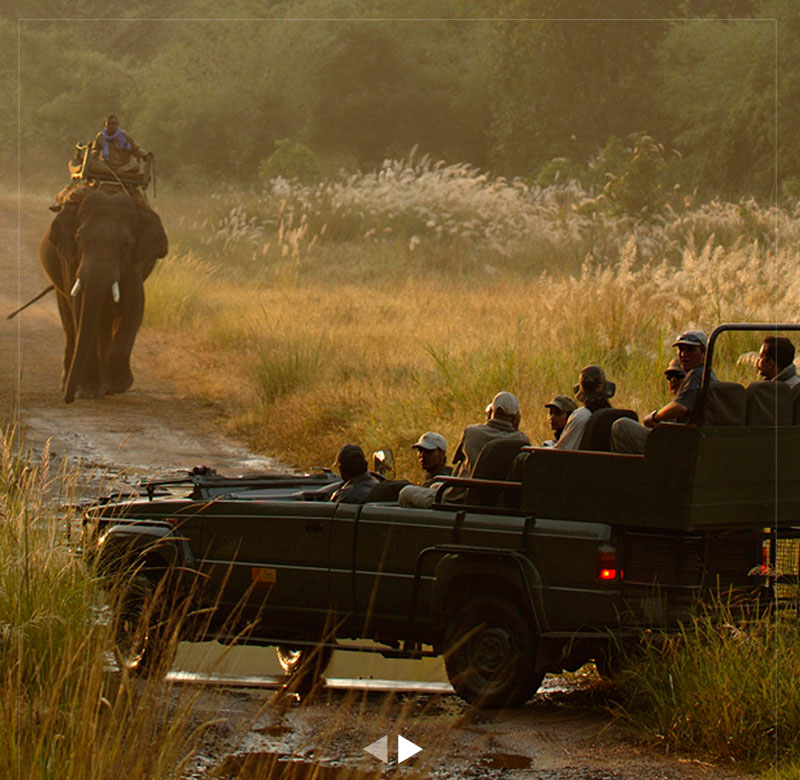In a corner of north-east India, lies a very unusual habitat – a swamp forest primarily consisting of delicate willows, interspersed with semi-evergreen and deciduous forest that is broken up by clumps of cane, which gives the jungle a mystical feel. Off the beaten path, Dibru-Saikhowa is a nature-lover’s dream. It was declared a distinct biosphere in 1997, thanks to its unique flora, which also includes several species of wild orchid and grassland. It is also home to a large variety of marine life. The park was originally demarcated to protect rare avifauna like the White Winged Wood Duck and the Black Breasted Parrot Bill. However, it also harbours big cats, deer and unusual species such as the Chinese Pangolin, the Gangetic Dolphin the Bengal Slow Loris and the Pig-taled Macaque.

Dibru-Saikhowa National Park is in the north-east of Assam, near the town of Tinsukhia.

Topography: A salix swamp forest, interspersed with semi-evergreen and moist deciduous foliage, it is one of the top nineteen biodiversity hotspots in the world. It is situated at a slight elevation of 118 meters above sea level, in the flood plains of the Brahmaputra River. It is a natural habitat for several shrubs, herbs and rare medicinal plants.
In Season: 01 November – 30 April
Dibru Saikhowa is home to some of the subcontinent’s rarest species. It was originally created to protect the White Winged Wood Duck, but is also a natural habitat for the Gangetic Dolphin and the Chinese Pangolin, both of which are critically endangered.
Tigers and leopards make up the larger predators. This is one of the few parts of the world where you can see the Clouded Leopard. Smaller cats include jungle cats and civets. The park is also home to Dhole (wild dogs) and sloth bears. A few birds of prey such as eagles and the Eurasian Griffon, can also be spotted here.
Dibru Saikhowa’s herbivores are fascinatingly diverse. The largest are the Asian Elephant and these pachyderms blaze a trail for several creatures including many primates including rare species like the Hoolock Gibbon, the Pig-Tailed Macaque, and the Capped Langur. One can also spot the Malayan Giant Squirrel, The Bengal Loris, as well as several species of deer and wild boar. Another unusual and beautiful creature, feral horses with their vivid colouring can be spotted throughout the forest.
This park is home to several species of birds. The park was created to protect rare species like the White Winged Wood Duck. There are several species of waterfowl, especially ducks, storks, cranes and herons in this area. The resident bird population includes several commoner species such as babblers, flycatchers, bee-eaters and hornbills. Several larger birds of prey also make this their home. Rarer species include Bonelli’s Eagle while the smaller Black Baza, which is found in the Himalayan regions of the subcontinent, is also frequently spotted.
The nearest airport is at:
The nearest railway stations are at:

Trekking – take a trek through the buffer zone and experience the rich biodiversity of Dibru-Saikhowa Sanctuary on foot.

Bird & Primate watching – Dibru-Saikhowa is home to thousands of birds and some of the rarest primates in the world. Your guided safari will focus on the uniqueness of these species.

Boat Safaris – Take a boat ride with an experienced naturalist as you watch the park’s incredible depth of marine and bird life. Several mammals also come to the banks of the river to drink and it’s a delightful experience to glide through the forest on the water.

November, February, March and April are some of the best months to visit Dibru-Saikhowa.
Dibru-Saikhowa has a moderate climate that makes it pleasant to visit throughout the season. The winter months are pleasant and hover at around 11-15 degrees centigrade (in the low 60s in Fahrenheit) and are cool and dry. The summer months are warm and humid but not unduly hot at around 30-35 degrees centigrade (in the high 80s in Fahrenheit).
Wathai Heritage Tea Bungalow :
What we love… cozy and boutique, this little plantation bungalow is a haven of serenity.
Padmini Resort :
What we love… the vividly coloured cottages have a distinctly ethnic touch with high cane sloping roofs and bright hand-painted décor.
Eco Camp :
What we love… the camp is staffed by smiling locals and built on a sustainable and ecofriendly ethos.